After the annual IFA, many manufacturers released new products during this period, and Sonos, an audio manufacturer, also released a Sonos Move that can be used in both indoor and outdoor scenes. Although this is not Sonos’ first outdoor audio product, it is by far the best and most user-friendly design. In this product, Sonos pays attention to quality and sound quality.
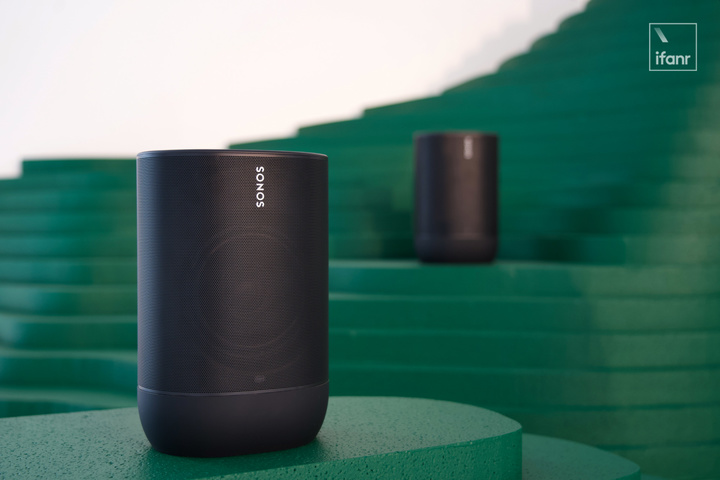
Sonos Move still uses the consistent cylindrical design of Sonos speakers, and at first glance there are some similarities to the previous Sonos One. But in fact, when I actually touched this product, in fact, in addition to this design looks very Sonos wind, it has many differences with the previous products.
For example, in the materials, Sonos Move used “metal + rubber”, which is a rare design in Sonos. The reason for using two materials is because the product itself is positioned in indoor and outdoor use scenarios, so a whole piece of rubber is used in the design of the base instead of a simple rubber pad design.
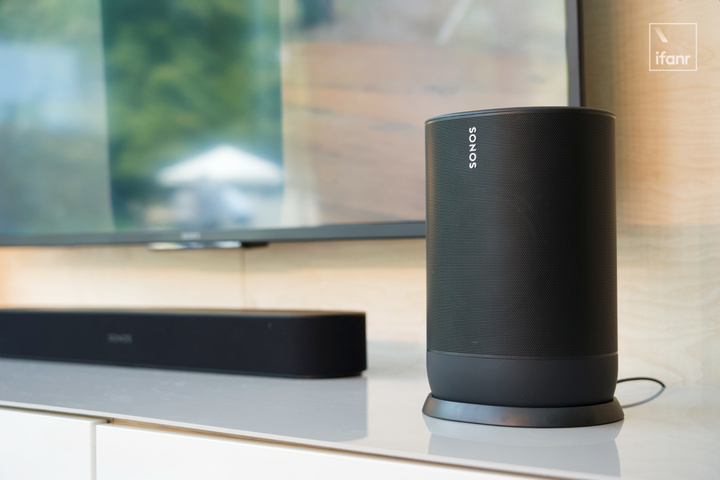
In the two-hour event, Sonos repeatedly mentioned the word “Quality”, which is used less frequently than they often say.
In fact, in order to demonstrate the reliability of Sonos Move in outdoor scenes, they also provided temperature (simulated sun), sand (simulated beach environment), humidity (simulated rain, wet environment), plane at the conference site. Stability (simulated moving plane) Four common outdoor use scenarios for media testing, and since the product itself supports IP56 protection, these tests naturally do not affect the product.

▲ Drop Test
▲ Wind and sand test
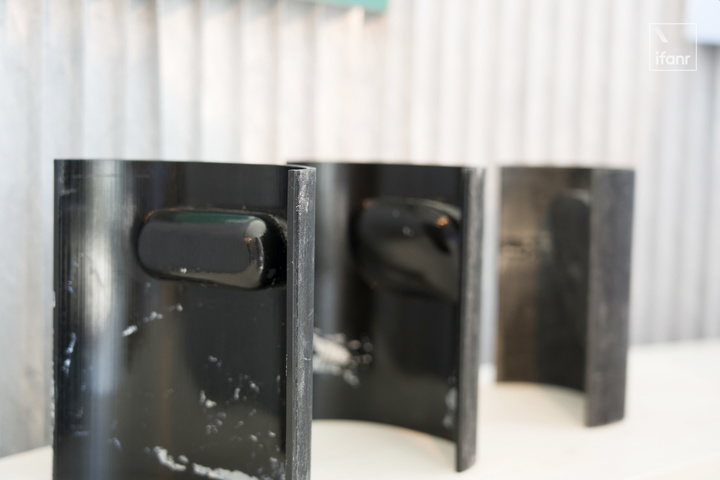
Of course, after using a lot of metal and rubber materials, the Sonos Move weighs 3 kilograms, about two new 13-inch MacBook Pros. But due to SonosIn designing this product, the product needs to be easy to move, so more than 3 handles were designed to determine the current ergonomic bevel cutting solution.
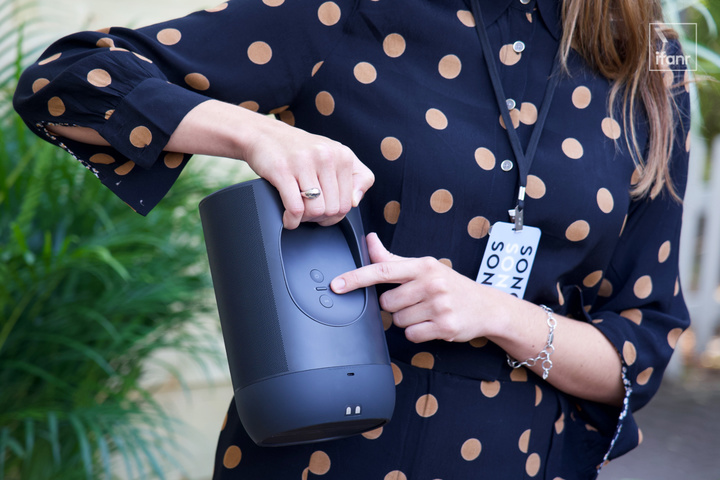
For me personally, holding Sonos Move on your hand is more like “hooking” with your fingers instead of carrying it, so you can hold the speaker in your hand without too much effort when walking.
The speaker provides two charging options: one is to use the base to charge the device’s contacts, which is suitable for use in the home environment; the other is to use the Type-C interface to charge, this method is suitable Use outdoors when away from the charging base.
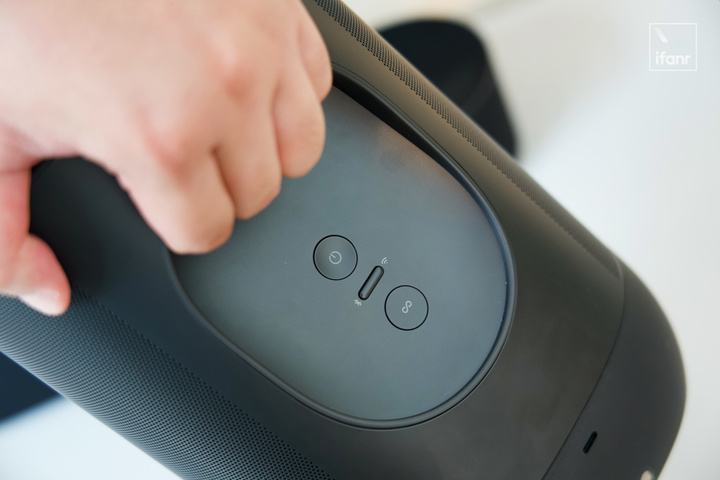
▲ Three function keys located on the back of the speaker
Based on official laboratory data from Sonos, Sonos Move can support up to 10 hours of battery life. At the same time, the device is designed with a detachable battery. When the battery life is reduced, the user can choose to replace it by itself, so that the device can continue to maintain the battery life of 10 hours of charging.
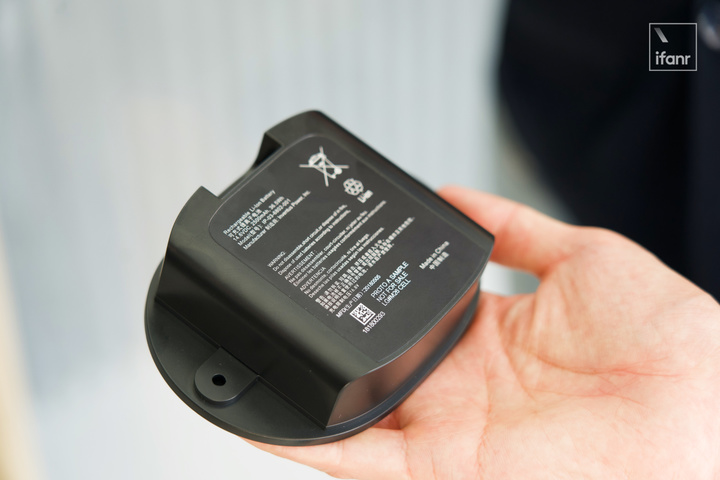
▲ Sonos Move Battery Module
The inside of the metal case houses two Class D digital amplifiers, a tweeter and a mid-woofer. In addition, the touch panel on the top of the speaker is also equipped with four far-field microphones. Based on these four less-eye openings, the speaker can achieve two functions:
- Voice assistant interaction, noise cancellation
- Trueplay adaptive sound
In the voice assistant, Sonos Move is equipped with two kinds of AI intelligent voice assistants, Google Assistant and Amazon Alexa. After connecting WiFi, users can directly play streaming media, music, news, set alarms through voice control speakers… At the same time, the microphone will also detect the human voice synchronously, so as to achieve noise cancellation and avoid the user’s embarrassing experience of the voice assistant when the music is played loudly.
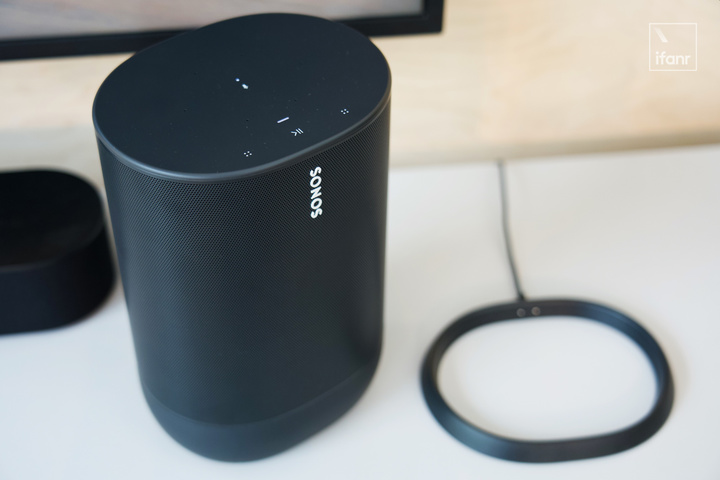
The other function is Trueplay adaptive environment sound, as the name suggests, this function is to use the microphone’s sound collection system, let the speaker automatically judge the user’s current use environment, and then automatically adjust the music sound effect to achieve the effect of intelligent switching.
Sonos emphasizes that TruEplay is a locally-running feature that does not send detection data to the cloud for storage. In terms of network connection, the speaker also provides two modes of Bluetooth and WiFi. When in the WiFi environment, the speaker can be connected with other Sonos products. In the outdoor, the speaker can also be Bluetooth with mobile phones, players and other devices. interconnected.
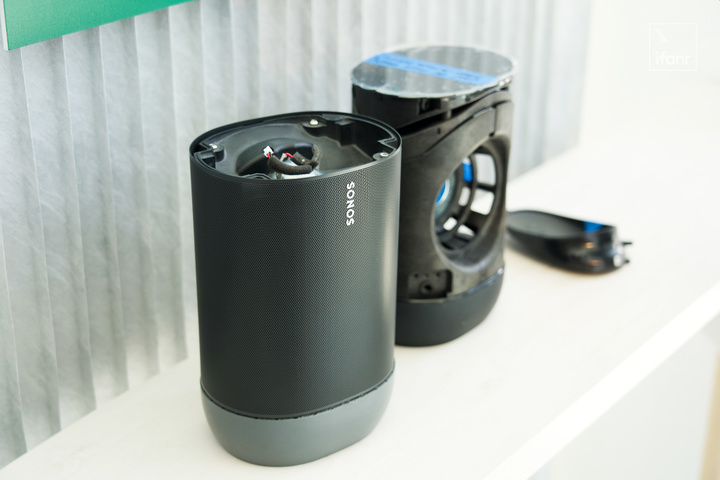
In addition to Sonos Move, Sonos also announced two new products, Sonos One SL and Sonos Port, at the launch. Sonos One SL is a product that maintains Sonos One’s original sound quality but is slightly flexible. . In streaming support, the product supports more than 100 streaming services and music service controls such as Sonos App and Apple AirPlay2.

▲ Sonos One SL . Image from: The Verge
Configuration, Sonos One SL is available in black and white, with two Class D amplifiers and also supports Trueplay adaptive tuning. In terms of connectivity, the Sonos One SL can be interconnected with Sonos One and Sonos One to form a stereo speaker. Or connect your device to devices such as Playbar and Playbase to form a surround sound combination for your home theater.
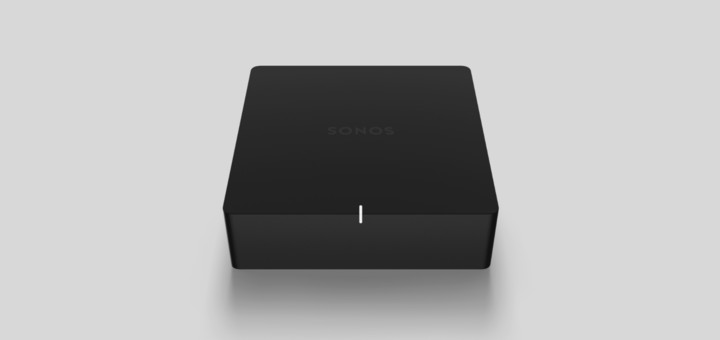
Sonos Port is designed to be relatively professional, including installation steps that require professional installers. Designed with a matte black finish and a clean style, the Sonos Port can be mounted in a bookcase. In terms of functionality, it also supports Google Assistant, Amazon Alexa for voice operations, and can also be used to control other Sonos devices in the home to play podcasts, CDs, or users’ own audio files.
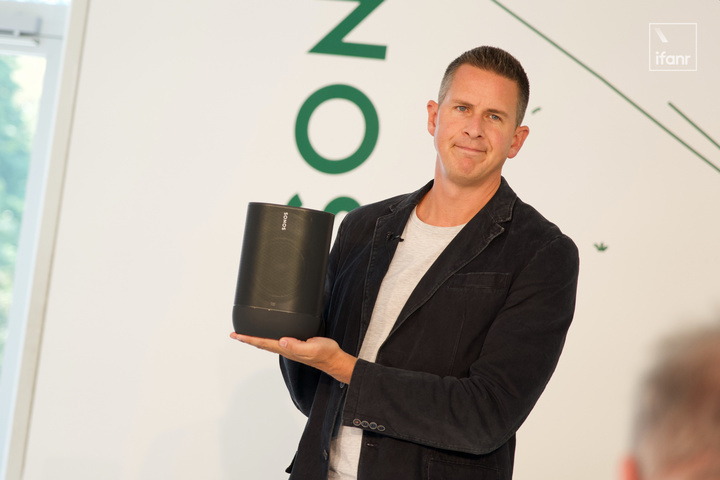
The last is the price of the product. Since September 24th, Sonos Move will be available in 20 countries including the US, Canada, Australia, New Zealand, Germany, France and Italy for US$399 / 399 Euro./ 399 pounds. The Chinese market will be available in early 2020 and the price of the product will be fixed.
Sonos One SL is priced at RMB 1780 and will be available in the Chinese market by the end of 2019; Sonos Port is priced at RMB 4,380 and will be available in January 2020.